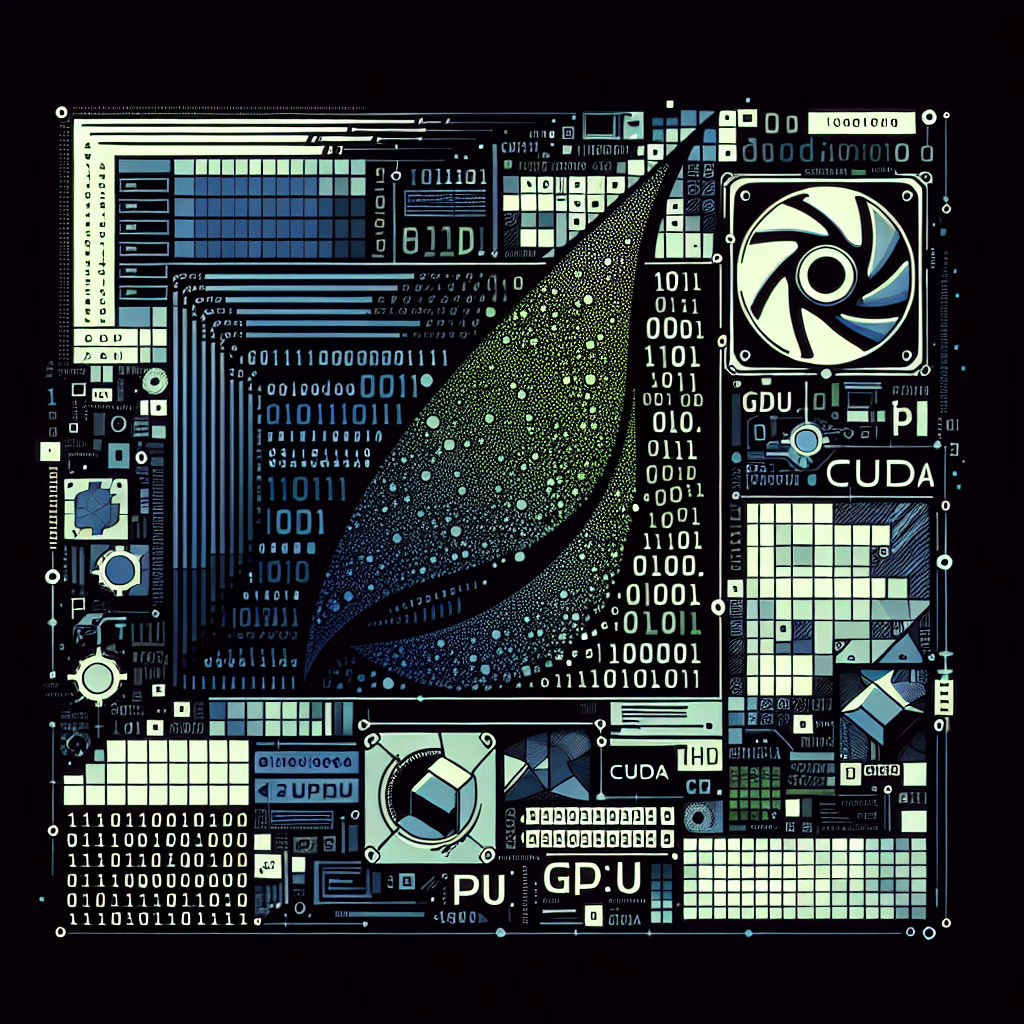Fix today. Protect forever.
Secure your devices with the #1 malware removal and protection software
CUDA (Compute Unified Device Architecture) is a parallel computing platform and application programming interface model created by Nvidia. It allows developers to harness the power of Nvidia GPUs for general-purpose computing tasks. By offloading computation-intensive tasks to the GPU, developers can achieve significant performance gains compared to running the same code on a CPU.
However, in order to fully optimize your code for CUDA, there are some tips and tricks that you should keep in mind. In this article, we will discuss some of the best practices for optimizing your CUDA code to maximize performance.
1. Use Shared Memory: Shared memory is a fast, low-latency memory that can be accessed by all threads within a block. By using shared memory to cache data that is frequently accessed by multiple threads, you can reduce memory access latency and improve overall performance. However, be careful not to use too much shared memory, as it is limited and can lead to resource contention.
2. Minimize Global Memory Access: Global memory access is much slower than shared memory access. To minimize global memory access, try to coalesce memory accesses by accessing memory in a coalesced manner. This means that threads within a warp (a group of threads that execute in lockstep) should access memory locations that are contiguous in memory.
3. Avoid Warp Divergence: Warp divergence occurs when threads within a warp take different execution paths. This can lead to inefficient execution, as threads that are not executing the same instructions will be idle. To avoid warp divergence, try to structure your code so that threads within a warp take the same execution path whenever possible.
4. Optimize Thread Block Size: The size of a thread block can have a significant impact on performance. A thread block should be large enough to fully utilize the GPU’s resources, but not so large that it leads to resource contention. Try experimenting with different thread block sizes to find the optimal size for your specific application.
5. Use Asynchronous Memory Transfers: CUDA supports asynchronous memory transfers, which allow you to overlap computation and memory transfers. By using asynchronous memory transfers, you can hide memory transfer latency and improve overall performance. However, be careful not to overlap too many memory transfers, as this can lead to resource contention.
6. Profile Your Code: Finally, one of the best ways to optimize your CUDA code is to profile it using tools such as Nvidia’s Profiler. Profiling your code will help you identify performance bottlenecks and optimize your code accordingly. By understanding where your code is spending the most time, you can focus your optimization efforts on the most critical areas.
In conclusion, optimizing your CUDA code requires a combination of understanding the underlying hardware architecture, implementing best practices, and profiling your code to identify and address performance bottlenecks. By following the tips and tricks outlined in this article, you can harness the full power of Nvidia GPUs and achieve significant performance gains in your CUDA applications.


Leave a Reply
You must be logged in to post a comment.